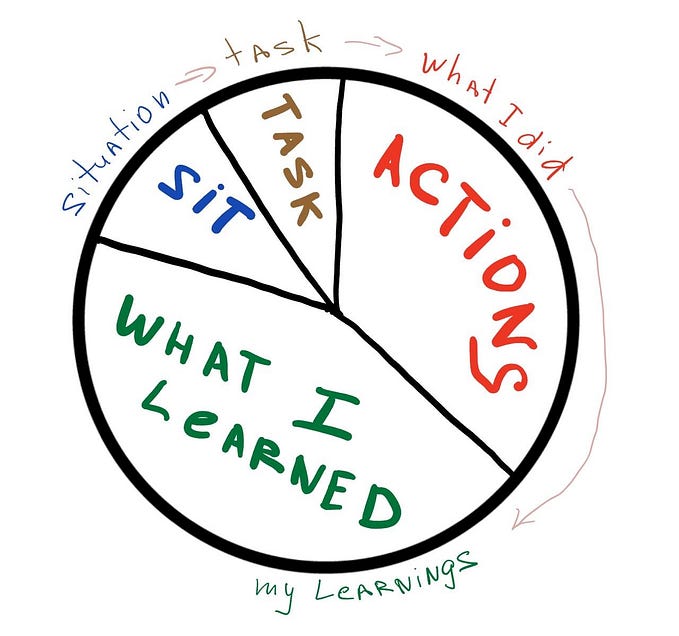Fusing datasets to track the impact of disasters in Indonesia and beyond… VAMPIRE is on it!

When El Niño-induced drought placed huge pressure on communities across Southeast Asia, the UN in Indonesia quickly established an inter-agency focus group to monitor the impact. The World Food Programme, UN Global Pulse Lab Jakarta and the Food and Agriculture Organisation responded to the need for faster analysis with an integrated data tool called VAMPIRE! (The Vulnerability Analysis Monitoring Platform for Impact of Regional Events). How’s that for an acronym!
What VAMPIRE does: blend and visualize in near real time
As climate affects food production and prices, it is a decisive factor in the health and welfare of millions of communities. The 2015 El Niño drought caused food prices to spike in Indonesia, stretching the budgets of poor families who already spend more than half their incomes on food. The situation was even more serious given 37 percent of Indonesian children are chronically malnourished. The project team had to move quickly to develop a data tool for the Government of Indonesia and partner agencies to decide where and how to allocate resources.

The first iteration of VAMPIRE applied data science skills to automate the analysis of the extent of the drought and populations at risk. The tool is a multi-tier system that fuses several datasets. First, it visualizes the national socio-economic survey and WFP’s household food security surveys. This data provides information on the percentage and distribution of poor, agriculture-dependant populations, as well as food insecure communities.
Second, it analyzes data on rainfall anomalies and the Indonesian Vegetation Health Index. Rainfall anomaly is a measure of the amount of rainfall in a period compared to the long-term average for that time of year, while the vegetation index is a proxy for drought. Based on the measure of economic vulnerability and exposure to drought, the tool identifies priority areas where people may require assistance.
Government Uptake
Collecting data on rainfall anomalies and food security is not a new or unique activity for governments. However, the platform adds value by dramatically reducing the time required to bring this information together and visualize it in high-resolution and in near real-time. VAMPIRE has been installed into the situation room of the Office of the President (Kantor Staf Presiden) of the Republic of Indonesia, its sustainable home.
The Government of Indonesia has used the tool to measure drought impact and identify fire risks. It has developed it further to estimate the impact of past government programmes as part of their regular monitoring and oversight. These are encouraging user-innovations by the Government of Indonesia that we are trying to incorporate as the tool scales to other countries (more on this below).

Under the Hood
Building upon these initial successes, the tool has been upgraded to include new, more detailed analysis on drought. More granular estimation of affected areas has improved the tool’s ability to identify and prioritize risk. Additional indicators on meteorological drought, agricultural drought, population density and dependence on agriculture are improving the methodology.
In addition to drought, we have developed flood impact analysis capabilities into the most recent iteration of the tool. We can now estimate floods six days in advance, including the risk to crops and populations.
For both flood and drought, we now include extensive disaster history information and improved UX, enabling users to explore the insights at different administrative levels and generate reports on this basis.
Sri Lanka, Papua New Guinea and Beyond
Based on demand for the data tool from the Government of Sri Lanka, we contextualised the system to the country and embedded it within the Ministry of Disaster Management. The improvements made to the tool while shaping it to the context of Sri Lanka have informed its development elsewhere.
This year we are in talks with the Government and UN Country Team in Papua New Guinea with a view to establishing a version of the system there, and we are in the process of open sourcing the tool to enable uptake elsewhere. We are also working to improve the notification and alert system for different users, as well as conducting further tests of the accuracy of alert thresholds, fine tuning them to sub-national needs and realities.
We owe huge thanks to DOCO for its support of this project! And we hope that the development of the tool will take another leap forward now that VAMPIRE has been recognized as a winner of the 2017 WFP Innovation Challenge.
We are delighted to have had the opportunity to develop a data tool in true partnership leveraging the expertise of each of our teams to produce an information system which is being used for policy making. We are always on the lookout for opportunities to scale the tool, so let us know if your UN Country Team could benefit from such a system and we will work out how we can best meet your needs.
This blog was originally published on United Nations Development Group’s Silo Fighters page, on 25 January 2018.
Pulse Lab Jakarta is grateful for the generous support from the Government of Australia.










